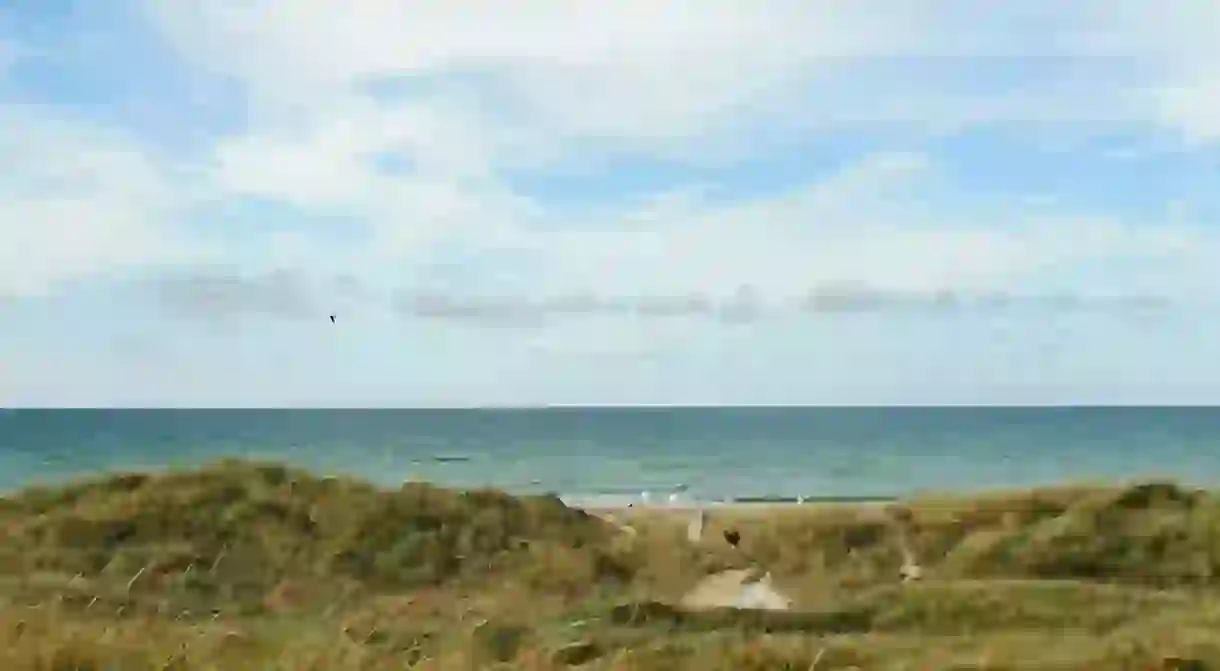Escape Copenhagen's City Life and Explore West Jutland

More often than not, picking the next travel destination becomes a dilemma of choosing cultural sites versus breathtaking landscapes. Luckily some places combine both, and Denmark’s West Jutland is one of them.
The imposing peninsula is separated by different regions: the North Jutlandic island, North Jutland, Northern Schleswig, and Southern Schleswig and Holstein which are part of Germany.
When Aarhus was named the European Capital of Culture in 2017, Jutland took some of its glory as people became curious about the region where Denmark’s new hip city was located. It wasn’t long before the western part of the continental part of Denmark attracted travellers’ interest and gained its own admirers.
The landscape, which comprises heaths, plains, wetlands, forests and dunes, combined with unique natural phenomena such as the ‘Black Sun’ and historic cities such as Ribe, the oldest existent town in Denmark, creates a scenery filled with diversities.
With the North Sea touching the western part of Jutland, the coastline stretching from the north to the east features the country’s choppiest shores, a fact that hasn’t slipped out of extreme-water-sport enthusiasts’ radar. As a result, Klitmøller beach, whose weather conditions gave it the nickname ‘Cold Hawaii’, has become a popular meeting point for surfers from around the world. Surf schools and camps run throughout the whole year keeping the beach filled with beginners and professionals striving to tame the ocean.

However, you don’t have to feel the need to take your first steps in kite-surfing to visit Western Jutland’s beaches. As long as you always remember to follow the rules while swimming in the North Sea’s rough waters, beaches like Søndervig Beach, the blue flagged Nymindegab beach and Henne beach will satisfy your need for some relaxing moments of sunbathing on the white sand. And while coasts are certainly an asset for west Jutland’s acclaimed beauty, they are only a part of the whole.
Two of the most renowned national parks in Denmark are located in this part of Jutland. The Thy National Park, which spans in a natural area of 244 square kilometres (94 square miles), is home to 30 different species of birds and the Wadden Sea National Park. Here, visitors can go on an oyster safari while watching around 12 million migratory birds painting the sky on their way from or to Germany and Holland.

In the middle of the peninsula, the Sinding Plantation, located close to the city of Herning, offers thrill-seekers the opportunity to take a ride along a 4.6-kilometre (2.6 miles) mountain bike route. A bit up north, Klosterheden Woods in the town of Struer invites visitors to follow the routes by bike or explore the breathtaking surroundings on the back of a horse.
As you may have realised by now, West Jutland’s landscape is quite spectacular as it is. But when cultural elements are blended with nature the scenery becomes even more captivating.

On a dune 55 metres above sea level, at the westernmost point of Jutland and consequently Denmark’s stands Blåvand Lighthouse, a 39-metre (128-foot) lighthouse built in 1900. Visitors can follow a narrow staircase and climb up to the top, from where they can enjoy a spectacular view. Tirpitz Museum (Blåvand Bunker Museum), which opened its doors in June 2017, put Blåvand city on the map, attracting even more tourists.
The list with West Jutland’s attractions is long, so be sure to clear your calendar before hitting the trail.














